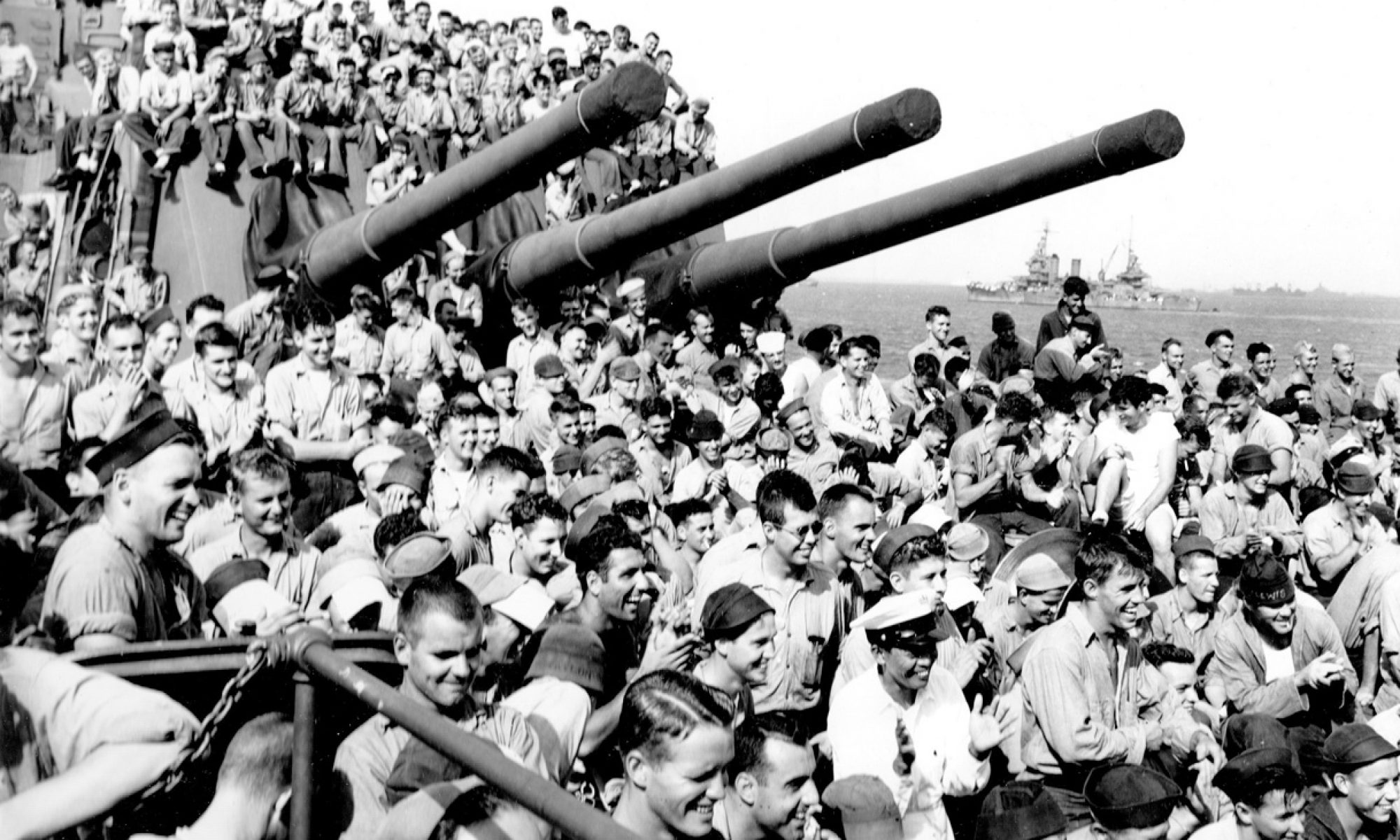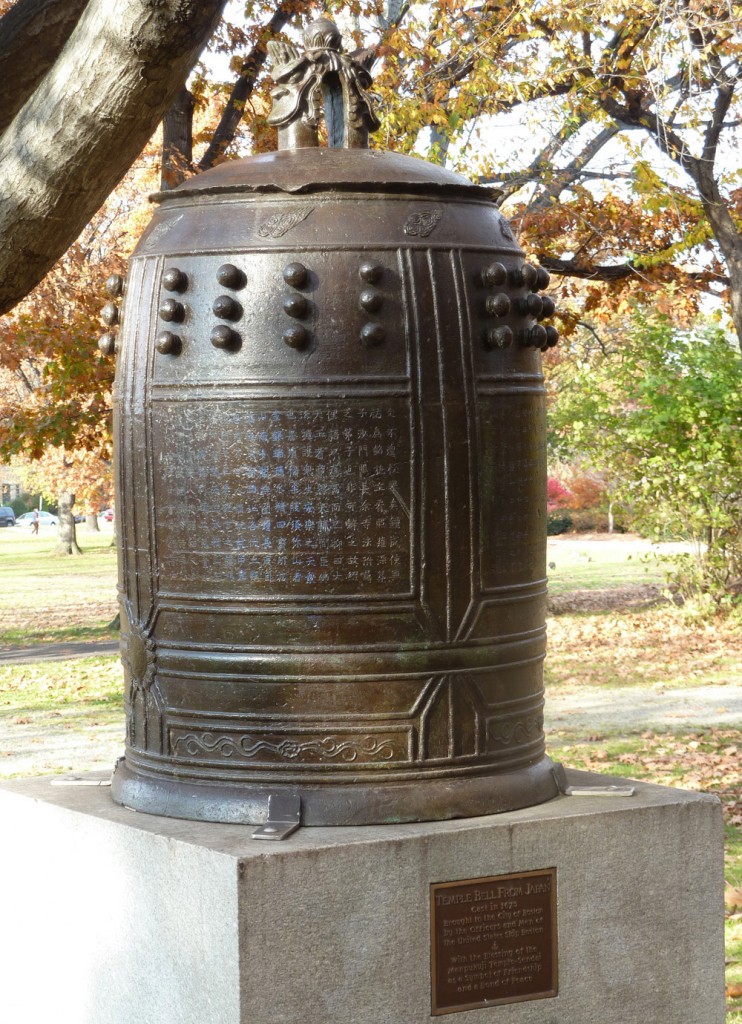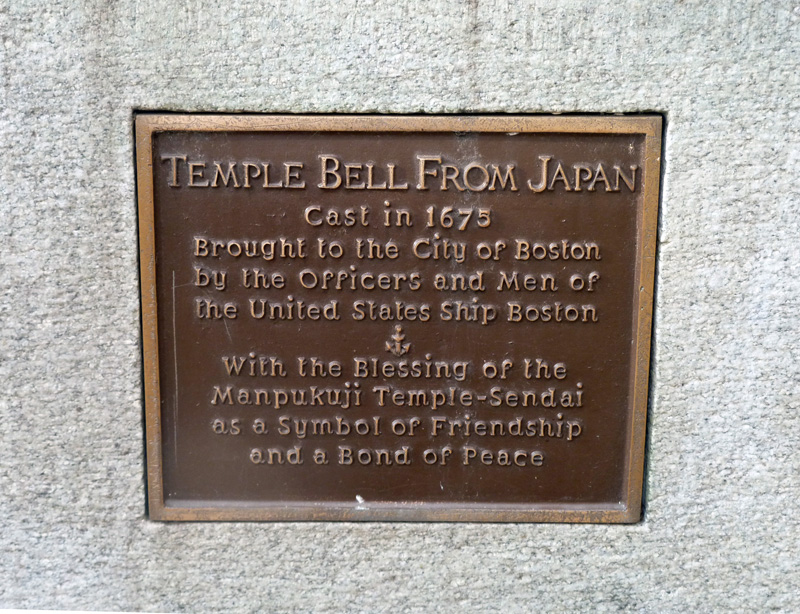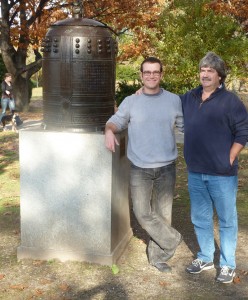11-19-11
The attack on Pearl Harbor on Dec 7, 1941 – 70 years ago changed the world. On that fateful morning, 1,000+ sailors on the Battleship Arizona sunk with their ship to the bottom of the harbor. Hundreds of others died horrible deaths that day — some drowned, some burned beyond recognition, some blown to bits.
By war’s end, more than 3,000,000 Americans were in the US Naval Forces (Navy, Coast Guard and Marines) fighting the War in the Pacific. (This does not include the Army or the Army Air Force). We could easily say there were 4,000,000 American service people at War in the Pacific. The disruption to the lives of families and friends of all those sailors and soldiers and Marines throughout the War is incalculable.
The USS Boston shipped out and arrived in Pearl Harbor two years after the Attack. She became a unit of Task Force 58 – a collection of 97 warships (with about 100,000 men aboard) that fought 11 major sea battles and supported dozens of massive amphibious invasions. Task Force 58 took the fight island by island across the Central Pacific right to Tokyo Harbor, where the Surrender documents were signed a year and a half after TF58 was formed.
In my book, A Bird’s Eye View, I state that the Boston was a lucky ship. No one died at the hands of the enemy (few ships could make that claim). However, the Boston was not tragedy-free. The men witnessed several burials-at-sea, including a mechanic who was electrocuted during a repair, and an aviator who drowned when one of the seaplanes flipped in a wave while being ratcheted back to the ship.
The ships of Task Force, and the Service Fleet of oil tankers, supply barges, along with their escort ships (destroyers, destroyer escorts and aircraft carriers) could not rendezvous for refueling as planned on December 17, 1944 east of the Philippines. The ships were blind-sided by the worst typhoon in Naval history – Typhoon Cobra. Two days later, when the winds abated enough to allow the ships to refuel, the men learned that three destroyers had sunk (only a handful of men survived.) 800 sailors drowned during that horrendous ordeal.
The Boston headed up a task force of ships after the Surrender to demilitarize Japan (“Occupation Duty”). Their job was to seize and destroy weapons — most notably suicide submarines and boats. The Boston was one of five American cruisers to leave Japan with a confiscated ancient Temple Bell, “salvaged” from “scrap piles” near munitions foundries in and around the Yokosuka Naval Base. The 300 + year-old bell was one of over 70,000 temple bells confiscated by the Japanese government early in the war — to be melted down to make propellers and bomb shells and bullets. My heart bleeds for the cultural, material and corporal losses that the nation of Japan has endured as a result of their participation in World War ll. (See my blog of 3-19-11 entitled Occupation Duty for my comments about the tsunami).
I am, however, a stickler for resisting everyone’s natural tendency (including my own) for revisionist history. Seventy years can cast a heavy fog over our collective memories. Here is an excerpt from Admiral Ernest King’s final report to the Congress on the Naval Operations of WWII:
The casualties of the United States Navy, Marine Corps and Coast Guard reached the totals of 52,206 dead, 80,259 wounded, and 8,967 missing.
This is one man’s opinion:
The Bell belongs right where it is, on a pedestal in a beautiful park in the city of Boston. It stands as a Silent Witness to the ENORMOUS cost and the EXTRAORDINARY sacrifice that millions of America’s finest young men and women made so that this “symbol of peace” could be transported back to Boston. Now anyone and everyone can visit this park, admire this bell and reflect upon the meaning of humanity and our strange and barbaric propensity to make war on each other.
Steve
PS. I encourage anyone who wishes to express any opinion about this bell to email me. Bill and I will publish any cogent and coherent argument – “for” or “against”
PPS. I will be posting pictures of this magnificent bell soon.





